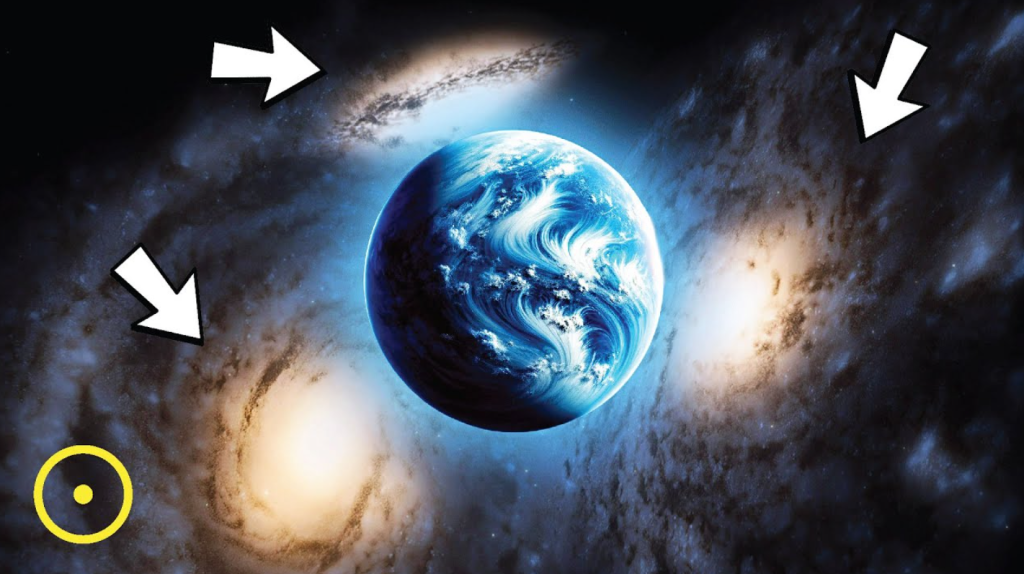ARP 272 is a stunning example of cosmic interaction, where two galaxies engage in a slow-motion collision. Located approximately 450 million light-years away in the constellation Hercules, this event provides scientists with a unique view into the forces shaping the universe. Through the lens of the Hubble Space Telescope, astronomers can observe how these galaxies pull and twist in a gravitational dance that has been unfolding for hundreds of millions of years.
Galaxies, like stars and planets, are constantly in motion. These movements lead to interactions and sometimes collisions, which can trigger an array of cosmic phenomena. ARP 272, cataloged by Halton Arp in 1966, is a perfect example of how galaxies evolve through such interactions. Arp’s catalog aimed to document the irregular formations that emerge when galaxies collide, and today’s advanced telescope technology has allowed for deeper insights into these phenomena.
Using the Hubble Space Telescope, astronomers have captured breathtaking images of ARP 272. The galaxies’ gravitational pull has caused intricate tidal tails to form, providing a clear view of their ongoing interaction. In addition to the two main galaxies, a third galaxy adds complexity to the dynamic. Studying the light emitted by these galaxies helps scientists understand their composition, age, and the rate of new star formation.

Such cosmic events not only offer a look into the past but also help predict the future. In about 4 billion years, the Milky Way will collide with the Andromeda Galaxy, and possibly the Triangulum Galaxy as well. This event, although gradual, will ultimately result in a massive merger that could form a new elliptical galaxy.
The Milky Way has undergone its own series of collisions and mergers. For example, the collision with the Gaia Enceladus galaxy about 10 billion years ago played a significant role in shaping the structure of the Milky Way. Similarly, the ongoing interaction with the Sagittarius galaxy continues to influence star formation.
Imagine a planet caught in the midst of such a cosmic merger. It would experience a never-ending twilight under the light of billions of stars, with the night sky adorned by the brilliance of new stars being born. The gravitational forces of the collision would reshape planetary orbits and could lead to drastic climate changes. In the most extreme cases, planets might be ejected from their galaxies, wandering through the darkness of space.
In the aftermath of such cosmic collisions, new stars and planetary systems may form. These stars would carry the chemical signatures of their violent origins, made from elements forged in previous generations of stars. One of the most dramatic events during these mergers is the behavior of supermassive black holes. These colossal objects will eventually spiral toward one another, releasing intense gravitational waves and possibly triggering a quasar or active galactic nucleus, releasing unimaginable energy.
In the end, the merger of galaxies creates a new cosmic structure, such as an elliptical or spiral galaxy, carrying the lasting effects of its violent creation. The shape of its stars, orbits, and interstellar material will tell the story of its origins for eons to come.